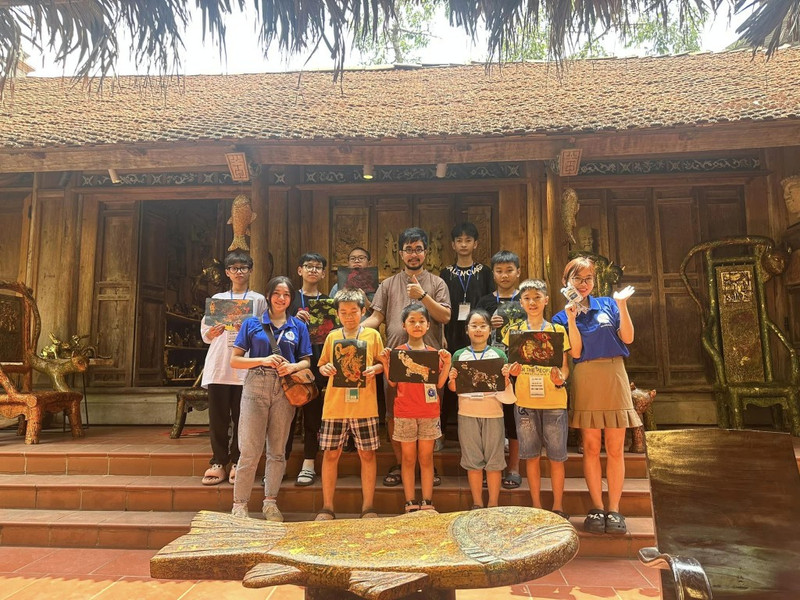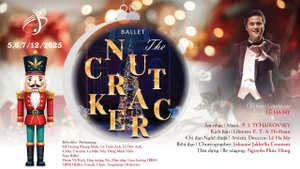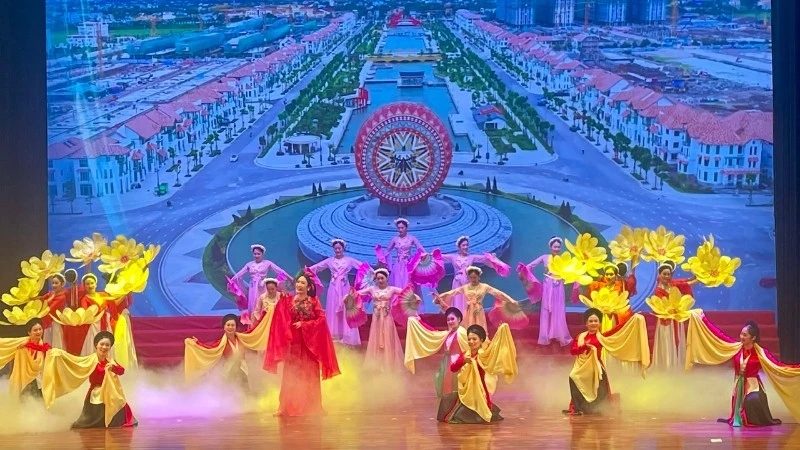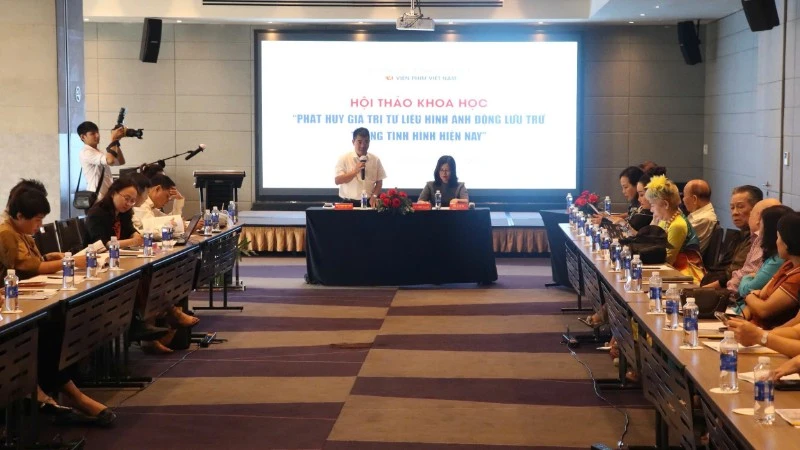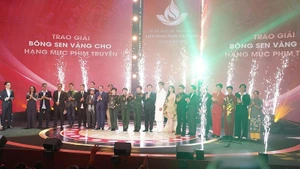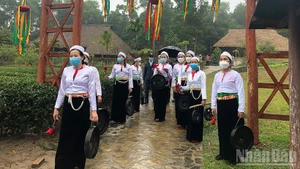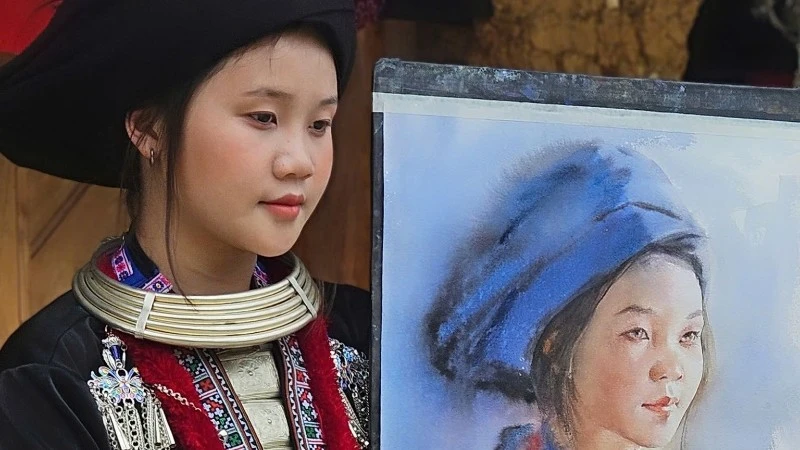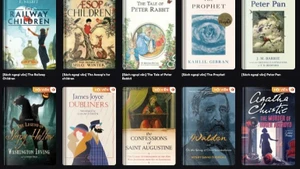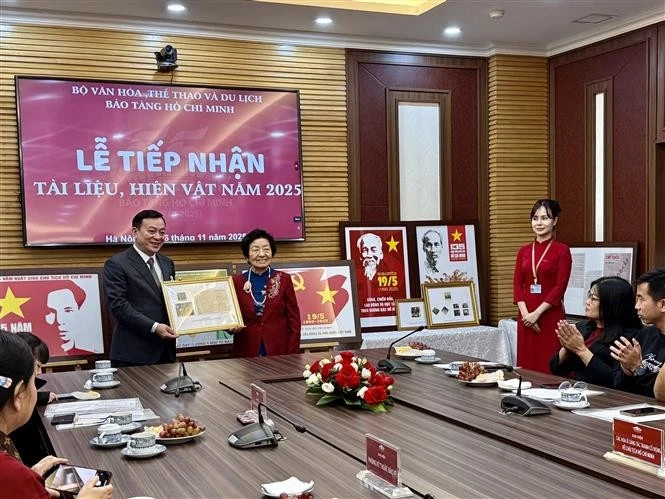Phat has nurtured his love for traditional arts since childhood when he followed his grandfather to create statues and decorative patterns in temples and pagodas in his hometown in Son Tay District on the outskirts of Hanoi.
The 1983-born artist wants to spread and inspire the love for traditional culture among visitors to the ancient village of Duong Lam, especially children.
In his more than 20-year art career, Nguyen Tan Phat has established his own trademark and style in working on lacquer and bringing the traditional material into daily life application.
His lacquer products are appreciated for featuring patterns, textures, and stories imbued with Vietnamese soul, helping Phat bag many prizes at handicraft design contests and applied art exhibitions both at home and abroad.
In 2017, Nguyen Tan Phat was one of the youngest cultural practitioners in Hanoi to receive the artisan title. This has further motivated him to create more values for the community.
About 10 years ago, he organised a free class on lacquer for art lovers with the hope to contribute to preserving and promoting the traditional Vietnamese lacquer art.
“I believe that young people all have a love for traditional culture and art but have not yet had many opportunities to express it. Such visual activities will increase their understanding and love for traditional Vietnamese art.”
Artist Nguyen Tan Phat
From the beginning of this summer, he decided to open additional free classes on woodblock printing for children, students, and visitors to his exhibition space in the ancient village of Duong Lam.
According to Phat, the activity helps participants not only learn about Vietnam's time-honoured woodcarving techniques, but also practice the techniques, thereby developing their creative skills while having fun and memorable experiences during their trip to Duong Lam Village.
Although they are held for free, Nguyen Tan Phat has placed all of his hearts in the preparation and organisation of the classes. He shared that he spent many months preparing the curriculum and the learning materials for participants.
He even made the moulds for woodblock prints by himself. “I use jackfruit wood to make the mould for the woodblock prints. This material is quite hard, so it takes a long time to engrave. I create different wooden moulds with images of my hometown such as the gate of Duong Lam Village, the scene of a farmer ploughing in the field, or images of cute animals to draw interest from viewers, particularly children.”
He expressed his hope that the woodblock prints on Do (poonah) paper created by the visitors will be a souvenir reminding them of their journey to Duong Lam.
Before practicing painting, children and visitors listen to Phat share about the land and culture of Duong Lam Village as well as the major features and values of woodblock prints and traditional Vietnamese arts.
Such class usually lasts two hours.
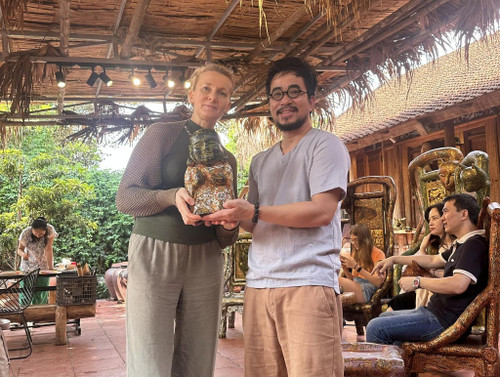 |
| Artist Nguyen Tan Phat welcomes a foreign visitor to his exhibition space in Duong Lam ancient village (Photo: tuoitrethudo.com.vn) |
“I believe that young people all have a love for traditional culture and art but have not yet had many opportunities to express it. Such visual activities will increase their understanding and love for traditional Vietnamese art,” Phat said.
Along with a fixed classes every Sunday morning, artist Nguyen Tan Phat is also ready to arrange classes during weekday if he receives the pre-registration of groups of students and visitors.
Nguyen Tan Phat believes that handicraft products must be inspired from traditional culture but still have feasibility to be applied into modern life. Therefore, he is always diligently experimenting the application of lacquer on many different materials. In addition to jackfruit wood and laterite, he also tries working on environmentally friendly materials such as bamboo and earth.
Nguyen Tan Phat’s work not only spreads love for traditional culture among the public but also contributes to creating an attractive tourism product to the ancient village of Duong Lam, thus increasing its popularity in Hanoi’s tourist map.
